A key figure in the revival of Russian national fine arts alongside Ivan Bilibin, the art of Boris Zvorykin draws its origins from the heart of the tales of Alexander Afanasyev , Byzantine artistic traditions, icon painting and Russian woodblock prints, called lubok. Born in 1872 into a family belonging to the great Moscow merchant class, in 1892 he joined the Moscow school of painting, sculpture and architecture as a free student and, in 1898, his first illustrated books were published. His first serious success was the publication of the book The Golden Cockerel in 1903, as well as a series of illustrated editions of Russian children's fairy tales. The aesthetics of his publications reflect the nationalist sensibility of a whole generation of painters, such as Vassili Polenov, Victor Vasnetsov, Nicolaï Roerich and Mikhail Nesterov. During the second half of the 19th century, they totally or partially turned away from the Western models taught in the academies of Saint Petersburg and Moscow to develop a national art qualified as Neo-Russian. In 1921, Zvorykin emigrated to France via southern Russia via Egypt with his wife and two daughters. In Paris, he began working with Henri Piazza and Fernand Nathan, as well as with Russian émigré publishers. He also created a number of icons for the Orthodox church of Christ the Savior in Asnières-sur-Seine. A true introduction to the magical world of the artist Zvorykin, the subject of our watercolor with shimmering colors is taken from the wonderful tale entitled The Frog Princess by Alexander Afannasiev, published in the 1850s. Dressed in a sarafan with traditional Volga motifs , Vassilisia is represented alone, in the warm and laughing intimacy of her isba. The beauty adorns herself with a kokoshnik in front of a hand mirror, under the attentive gaze of her little gray cat. While white smoke escapes from the teapot on the samovar, a blue lantern burns in the beautiful corner in front of the icon of the Black Madonna of Kazan. The characteristic of Zvorykin's style is found in the graphic representation: inspired by the stained glass technique, an ornamental black circle clearly demarcates the areas of color, adding volume and perspective to the flat areas of colored watercolor. The artist then adds ornamental motifs to frame the final drawing. This association characterizes the Russian Modern Style, equivalent to Western Art Nouveau.
Bibliography: Russian folk tales by Afanasyev, New edition completed with new introduction by L. Gruel-Apert; afterword by Tatiana Grigorievna Ivanova, Edition Imago, III volumes, 2009-2014. Exhibition catalogue, Musée d'Orsay, Russian Art – in the second half of the 19th century: in search of identity, Edition Réunion des Musées Nationaux, 463 p, 2015.






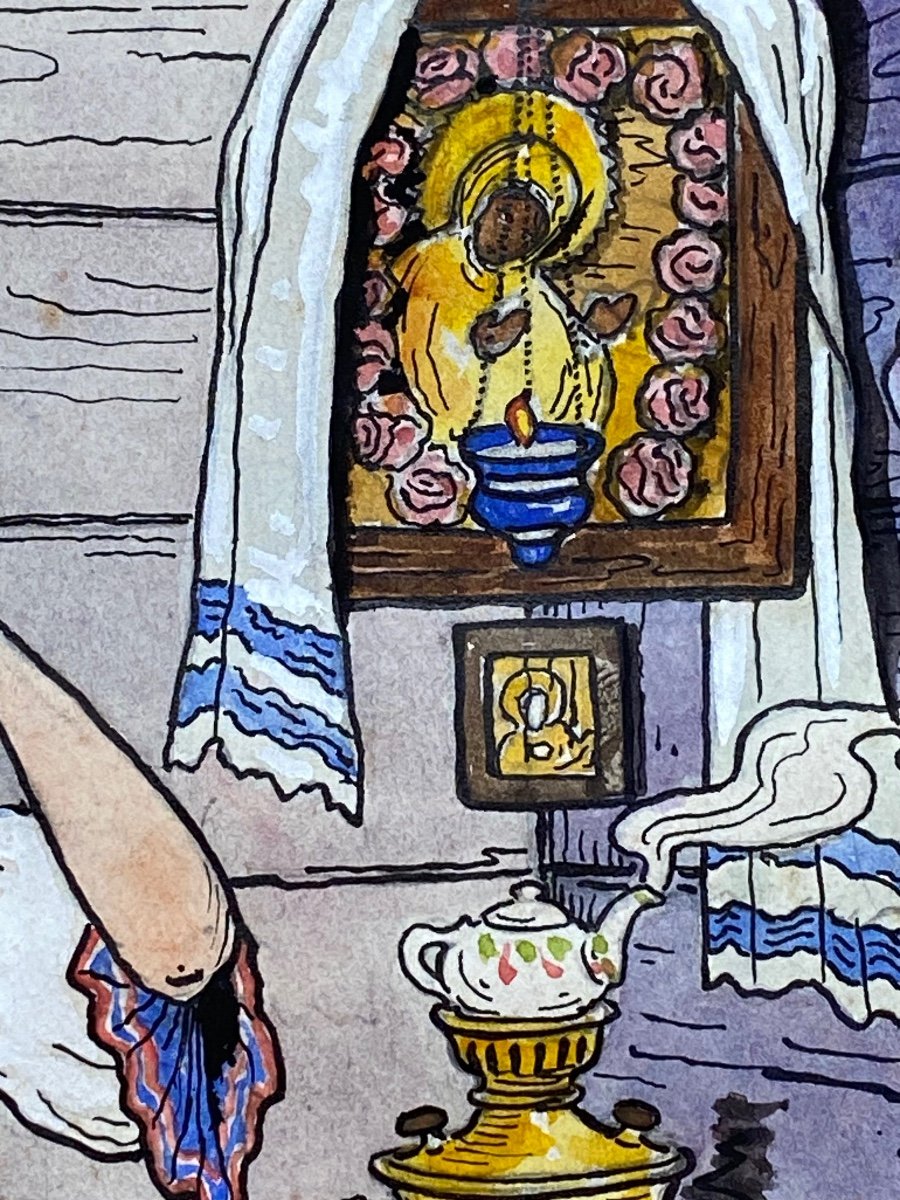
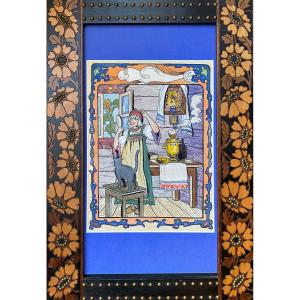







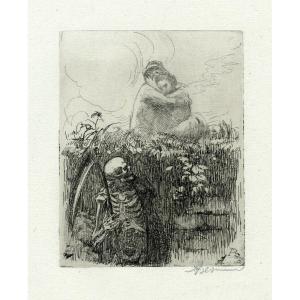

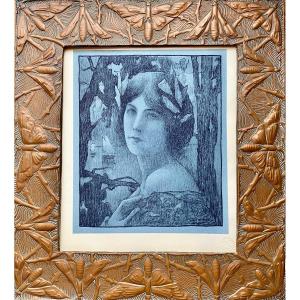
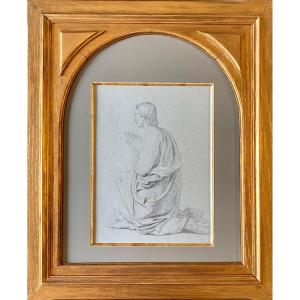
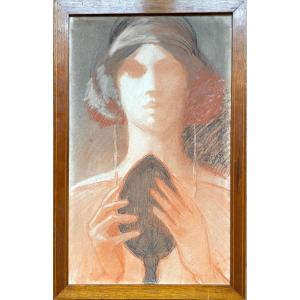
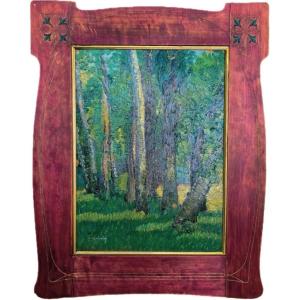
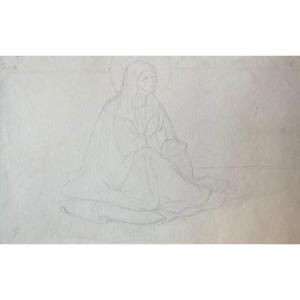

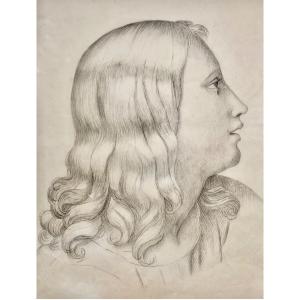

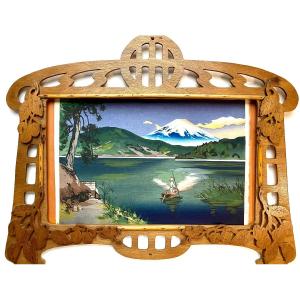


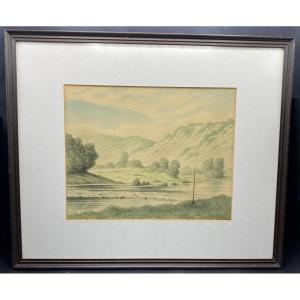

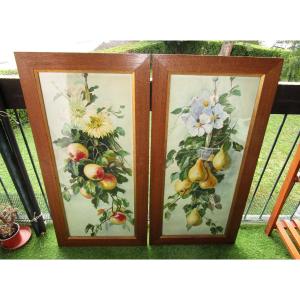





 Le Magazine de PROANTIC
Le Magazine de PROANTIC TRÉSORS Magazine
TRÉSORS Magazine Rivista Artiquariato
Rivista Artiquariato